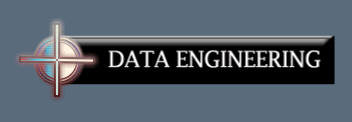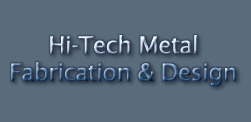 |
|
|
|
(b)
Inspection for sign of grease, oil or solids on surface and remove oil,
grease by
d) Standard control - unless otherwise specified all steel - work surfaces to be painted shall be abrasive blast clean to class 2.1/2 and profile measured by comparator. e) General - Abrasive blast cleaning and painting shall not be carried out together in the same are nor shall abrasive cleaning be carried out in proximity of recently applied paint. In
performance, particular attention shall be paid to joints, angles, pits
and weld areas to ensure that their surfaces are brought to the required
standard. After blasting, all dust and grits shall be removed from pockets
and corners using clean and dry compressed air. Between cleaning and
priming, the steel shall not allowed to be contaminated. All surfaces
shall be prime coated before discoloration occurs and all cases within
four of blast cleaning. f) Other methods of blast cleaning - these shall be carried out as and when become necessary and meet requirement of the relevant standard, but shall in all cases include the metal surface preparation procedure.
b) The method of application shall be specified in the painting system schedules and data sheets. c) Paint shall be applied so that an even film of uniform thickness, tint and consistency covers the entire surface, and is free of pin holes, runs, sags or excessive brush marks. If the paint film finish equal to that to first class brushwork. d) Margins adjacent to field welds shall be taped off and left unpainted. After welding this unpainted section shall be painted as specified or approved method. e) All painting materials shall be stored in accordance with the manufacturer's written recommendations or procedure for protection against temperature extremes, and shall be brought to the point of application in original sealed cans, supplied and delivered in labeled containers. f) The labels shall be legible at the time of application and if possible shall include:
g) Method of application - Conventional or Airless The pressure
on the material in the pot and of air at the spray gun shall be adjusted
for optimum spraying effectiveness. The pressure on the material in the
pot shall be adjusted when necessary for changes in elevation of the gun
above pot. The atomising air pressure at the gun shall be high enough to
properly atomise the paint but not too high as to cause excessive fogging
of paint, excessive evaporation of solvent or loss of paint by over -
spraying.
|
|
Best view
with |



